Growing competition in OTT music space triggers a price war
The competition in music streaming industry is becoming fierce with the entry of global players and there is a price war emerging in this space. Adgully speaks to leading players – Gaana, Hungama and Sony Music – on the growth escalation.
The online music streaming industry in India is growing at a fast pace, with total music revenue forecast to hit Rs 10,858 crore in 2023, rising at a 13.5 per cent CAGR, pas per PwC’s Global Media and Entertainment Outlook 2019-2023. The added that India’s music, radio and podcasts market was worth Rs 5,753 crore in 2018, up from Rs 3,890 crore in 2014.
With nearly 450 million smartphones powered by the cheapest data packs, the online music streaming industry in India is witnessing a phenomenal growth like over-the-top (OTT) video streaming players.
The global music streaming giants are now calling the Indian market a ‘sleeping giant’ they took too long to discover.
The competition is fierce and music streaming apps like Apple Music, YouTube Music, Amazon Prime Music, Spotify, Gaana, Hungama Music and JioSaavn have drastically slashed their monthly subscriptions and are testing weekly as well as daily plans for the users.
Read More: All about TikTok as a business platform for brands
Does the Indian consumer prefer an uninterrupted streaming experience or are they willing to view ads?
Prashan Agarwal, CEO, Gaana, believes in giving users the freedom to choose between an ad-free experience and the one with ads. “Majority of the users on Gaana are free users, but over time as a user matures and understands the benefits of a premium experience, he will upgrade to the Gaana Plus experience,” he said.
According to Siddharta Roy, CEO, Hungama, “The Indian consumer has seen advertising in various forms. The key part is whether the Indian consumer is willing to consume advertisements. I believe they would. If you tell them to choose between a charged ad-free experience and an ad-funded experience which is free, they will always go for an ad-funded experience. I believe ad consumption is linked to what is the product experience that is being put out.”
To the question on when subscription revenues in India for music streaming will reach a tipping point, Agarwal replied, “The subscription revenues are growing 100 per cent year on year.”
Roy, too, believes that the industry is in the right direction. “The first phase of music has already been played out. Three of us put together at an OTT level are generating 80 per cent of the usage in India. We have international majors like Spotify and Apple Music. What we are stating is that all of this is already available. A lot of this content we are making is making subscriptions available through various formats. A lot of us bundle these with offers.”
He reiterated that the Indian consumer is willing to pay. The question is at what price and what is in it for him. Those are values in which each player is working on addressing.
What are the bottlenecks in licensing music content in India?
Roy doesn’t see any bottlenecks. He said, “I believe today the first round of core maturity happened in licensing. That has already started to play out by default. Today, if you want to launch a music service, there is already a jacketed structure in which licensing happens and that will be the same license that will be put out to the user.”
Meanwhile, giving the perspective of a production house, Rohan Jha, Senior General Manager - Promotions & Head, Sony Music, said, “A music video is always created in context of the song and the artist, and hence its scale has a wide spectrum. Though the efficacy of the music video has very little to do with the cost, the price of music video can range from sub-10 lakh to over a crore. At Sony Music, we release around 40-50 music videos every year.”
Speaking on the market consideration one needs to take before embarking on a music video production, Jha said, “The most important aspect in a music video is whether is complimenting and/or amplifying the song. Hence, the creative inputs from the artist on the video are extremely important. We also take into consideration new trends, topicality and most importantly key insights relevant to the audiences for whom the video is targeted.”
Why is the marketing objective of releasing music videos on YouTube? Is it the first medium of choice for production houses?
Jha responded by saying that YouTube is the biggest music streaming platform in India, and it’s a visual platform. With the right organic and inorganic campaigns, it is effective to reach out to large audiences on YouYube. Unlike TV, it doesn’t rely on appointment viewing and the analytics are extremely insightful. “So yes, YouTube does become a medium of choice to release the music video first, although we also simultaneously premiere it on TV channels,” he signed up.


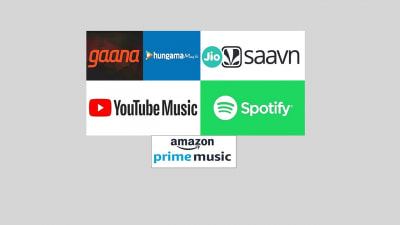





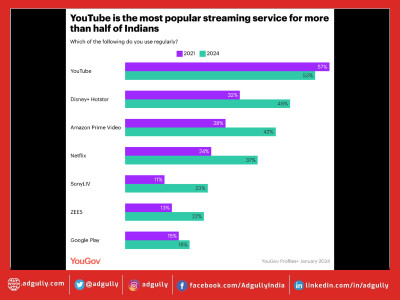




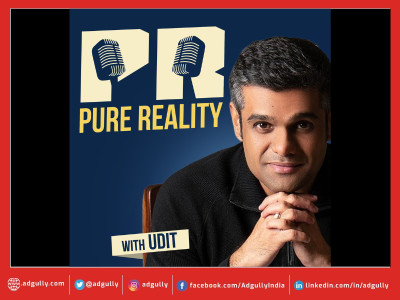
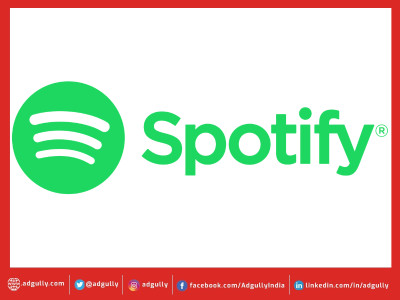

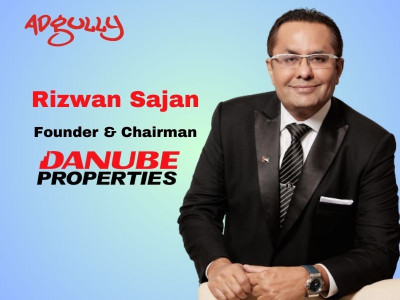

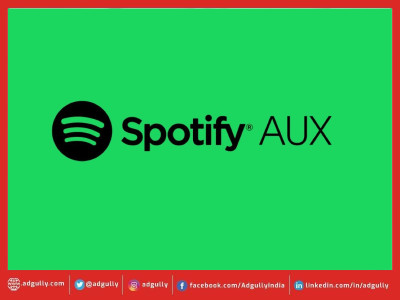

Share
Facebook
YouTube
Tweet
Twitter
LinkedIn